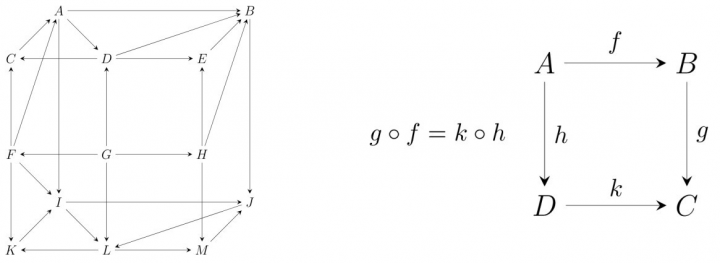Tom Leinster
Ronan Dance has written the following article as part of our series of Academic Interviews; featuring Tom Leinster!
I recently had the pleasure of speaking to Tom Leinster, Professor of Category Theory at the University of Edinburgh. The following article talks about Tom's background, research area, and plans going forwards.
Tom grew up in Sussex, England, completing his undergraduate studies at the University of Oxford before attending Part III at the University of Cambridge, where he later completed his PhD as well. After this, Tom took a break from academia and worked for a theatre lighting and special effects company while taking the opportunity to travel. Committing to a PhD and further research is a big obligation, and Tom wanted to take the time to be sure it would be the right direction to begin his career. Thankfully, for the institutions fortunate enough to have worked with Tom, he chose the academic route.
After his PhD, Tom completed postdoctoral research at Cambridge and Paris; then moved to Glasgow and, ultimately, Edinburgh. He reflects fondly on his year in Paris, where he developed fluency in the language; enjoying the culture and continental life.
After Paris, Tom moved to Glasgow for a permanent position -- the Holy Grail for a postdoc -- and still lives in Glasgow to this day.

Tom's research centres on a subject known as category theory, an abstract area of mathematics that is, in a sense, about taking a 'bird's-eye view' of mathematics and finding common patterns across different structures that would be hard to see from the 'ground level'. A way to illustrate this is to observe that although the intersection of two sets, the greatest common divisor of two natural numbers, and the product of two groups, may look like different ideas, there is a single concept in category theory that relates the three ideas. The objects of category theory are maps and 'objects', and category theory is, in a sense, about what kinds of maps can go between different objects. Rather pleasingly, category theorists enjoy drawing impressive diagrams like the ones shown here and sometimes study the meta idea of maps between maps.
Outside of teaching during term-time, Tom currently focuses on generalising the idea of a uniform distribution on objects other than sets, so on arbitrary metric spaces.
Understanding if such an idea is possible comes down to taking a categorical view using category theory to understand if such objects permit such an idea. This is an example of the power of category theory. So, there is a sense in which a category theorist may work in a host of different disciplines because category theory is a broadly applicable tool. Going forwards, Tom is hopes to add clarity to his hypothesis that there may be a link to prior distributions in Bayesian statistics. Rather intriguing, and I wish him well in his efforts.

